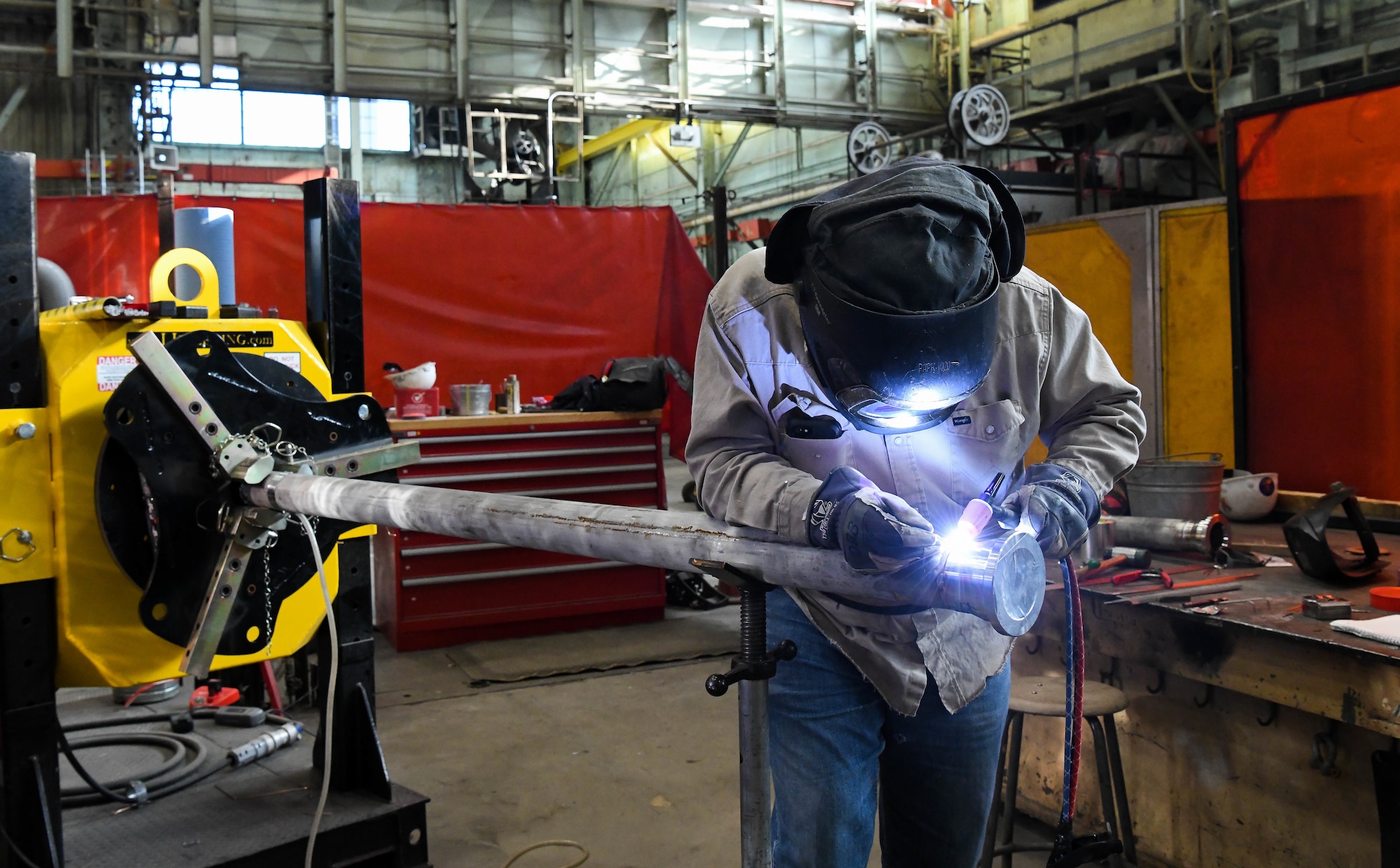Welding WPS Explained: Key Components and Advantages for Your Welding Processes
Welding WPS Explained: Key Components and Advantages for Your Welding Processes
Blog Article
Getting Welding Quality: Introducing the Tricks of WPS Execution and Optimization
In the world of welding, accomplishing quality is a search that pivots on the thorough execution and optimization of Welding Treatment Requirements (WPS) By diving into the essential components, strategies, challenges, and ideal practices linked with WPS, a world of welding quality awaits those that are ready to explore its midsts.
Importance of WPS in Welding
The Relevance of Welding Procedure Requirements (WPS) in the welding market can not be overemphasized, functioning as the foundation for making sure consistency, high quality, and safety in welding procedures. A WPS provides in-depth instructions on exactly how welding is to be executed, including crucial variables such as materials, welding procedures, joint design, filler metals, interpass and preheat temperature levels, welding currents, voltages, traveling rates, and more. By adhering to a distinct WPS, welders can maintain uniformity in their job, leading to constant weld quality across various tasks.

Crucial Element of WPS
Reviewing the indispensable components of a welding treatment spec (WPS) is essential for recognizing its function in welding operations. A detailed WPS includes numerous crucial elements that guide welders in accomplishing quality and uniformity in their work. One essential facet of a WPS is the welding process specification, which details the details welding procedures to be made use of, such as gas tungsten arc welding (GTAW) or protected steel arc welding (SMAW) Furthermore, the WPS consists of details on the welding products, such as the type and requirements of the base metal and filler steel to be used. The WPS likewise defines vital variables like welding criteria, preheat and interpass temperature level requirements, and post-weld warm therapy procedures. Additionally, it consists of information on joint style, fit-up, and any kind of special methods or preventative measures required for the welding procedure. By incorporating these crucial elements into the WPS, welding procedures can be standard, ensuring quality, performance, and safety and security in welding procedures.
Methods for WPS Optimization

Secondly, training and certification of welding workers according to the details demands of the WPS is extremely important. Giving comprehensive training programs and making sure that welders are licensed to execute procedures detailed in the WPS can bring about higher quality welds and decreased rework.
In addition, leveraging modern technology such as welding software and monitoring systems can help in enhancing WPS. These devices can aid in monitoring variables, ensuring parameters are within specified limitations, and supplying real-time comments to welders, allowing them to make prompt changes for boosted weld top quality.
Usual Challenges and Solutions
Facing obstacles in executing the techniques for WPS optimization can impede welding operations' efficiency and quality. One common challenge is poor training or understanding of the welding treatment requirements (WPS) amongst the welding group. This can cause improper execution of welds, causing issues and revamp. To resolve this, detailed training programs should be executed to guarantee that all welders excel in applying and interpreting WPS accurately.
One more challenge is the lack of proper documents and record-keeping, which is vital for WPS optimization. Without clear records of welding criteria, materials used, and inspection results, it comes to be difficult to identify locations for improvement and ensure uniformity in welding processes. Applying a robust documents system, such as digital welding management software program, can help simplify record-keeping and facilitate information analysis for continuous renovation.
Additionally, irregular welding devices calibration and maintenance can pose a substantial difficulty to WPS optimization. Normal equipment checks, calibration, and upkeep schedules need to be followed purely to guarantee that welding criteria are accurately regulated and maintained within the specified resistances (welding WPS). By dealing More hints with these typical difficulties with aggressive solutions, welding procedures can boost efficiency, high quality, and overall welding excellence
Finest Practices for WPS Execution
To see here now ensure successful WPS execution in welding procedures, adherence to industry requirements and careful focus to detail are critical. When starting WPS execution, it is crucial to start by completely comprehending the details welding needs of the project. This entails an extensive evaluation of the welding treatment requirements, products to be bonded, and the ecological conditions in which the welding will occur.
When the demands are clear, the next step is to select the suitable welding procedure that straightens with these specs. This includes getting in touch with the pertinent codes and requirements, such as those offered by the American Welding Culture (AWS) or the International Organization for Standardization (ISO), to guarantee compliance and top quality.
Additionally, documenting the entire WPS application process is crucial for traceability and quality control. Detailed documents need to be maintained pertaining to welding criteria, product preparation, preheat and interpass temperatures, welding consumables used, and any inconsistencies from the initial treatment. Routine audits and reviews of the WPS can help recognize locations for renovation and make certain ongoing optimization of the welding procedure.


Verdict
To conclude, the execution and optimization of Welding Treatment Specifications (WPS) is vital for attaining welding excellence. By comprehending the vital elements of WPS, executing efficient strategies for optimization, dealing with typical obstacles, and following finest methods, welders can make certain top quality welds and risk-free working conditions. It is imperative for professionals in the welding market to prioritize the appropriate application of WPS to improve total welding efficiency and achieve desired outcomes.
The Importance of Welding Procedure Specifications (WPS) visit this website in the welding industry can not be overstated, offering as the foundation for making certain uniformity, top quality, and safety and security in welding procedures. A WPS gives thorough guidelines on just how welding is to be lugged out, consisting of necessary variables such as products, welding processes, joint style, filler steels, preheat and interpass temperature levels, welding currents, voltages, travel speeds, and much more. One vital element of a WPS is the welding process specification, which describes the specific welding procedures to be made use of, such as gas tungsten arc welding (GTAW) or secured steel arc welding (SMAW) By integrating these key elements into the WPS, welding procedures can be standardized, ensuring top quality, effectiveness, and safety in welding procedures.
It is imperative for specialists in the welding market to prioritize the correct application of WPS to improve overall welding performance and achieve desired outcomes.
Report this page